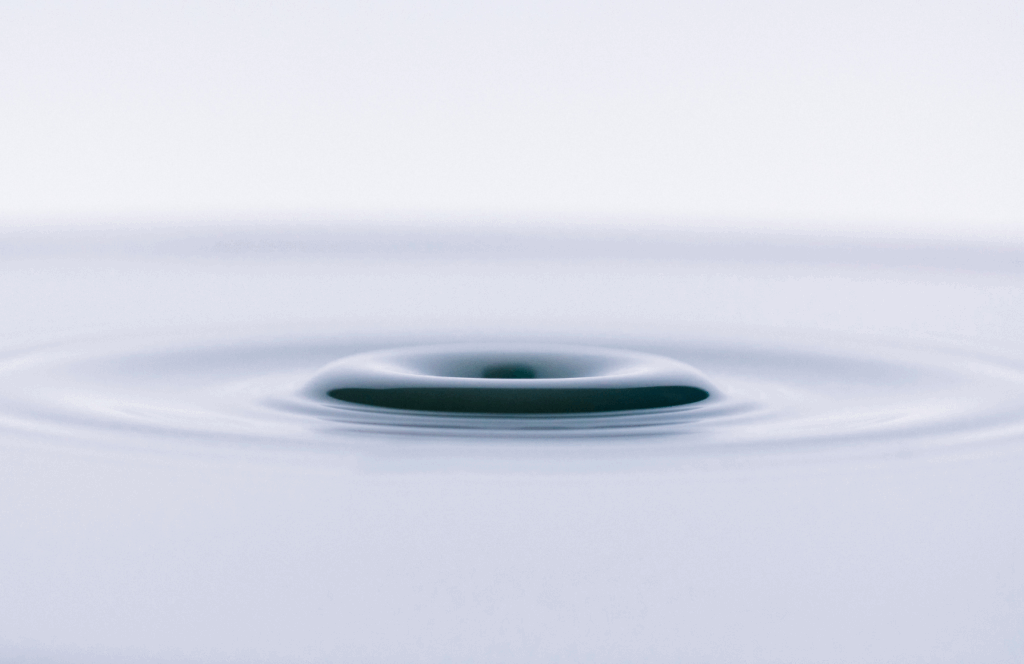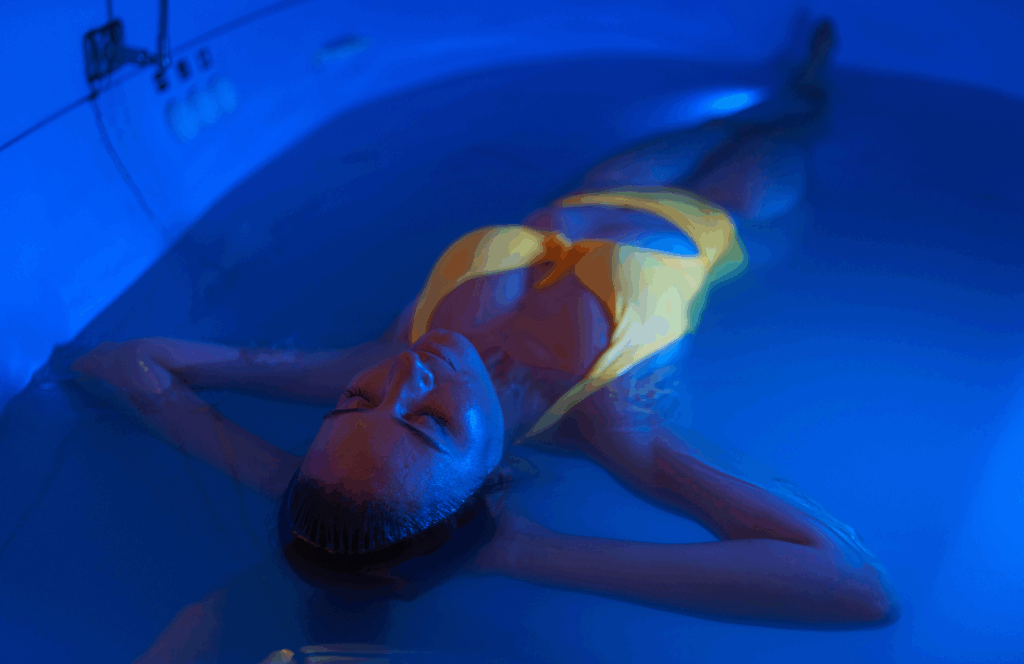If you’re feeling overwhelmed by the noise, stress, and constant stimulation of modern life, sensory deprivation tanks might be the escape you’ve been searching for. These floatation chambers offer a deeply calming, zero-stimulation environment where you can disconnect from the world and reconnect with yourself. In this article, we’ll explore how sensory deprivation tanks support meditation and mindfulness, their surprising health benefits, and expert tips to make your first float a truly transformative experience.
What is a Sensory Deprivation Tank?
Also known as a floating meditation tank or simply a float tank, a sensory deprivation tank is an enclosed bath-like container. It’s in a quiet, dimly lit room where you can step in and lie back alone. Some day spas may allow you to adjust the environment, like changing the colour of the lights or playing music in the background for a better experience.
Sensory deprivation tanks are filled with water and a high concentration of Epsom salt. The mixture makes the water buoyant and easy to float in. It’s also warm enough to help you forget some bodily sensations, contributing to the zero-stimulation experience.
The Impact of Float Tanks on Meditation and Mindfulness
Float tanks are void of any stressful sensory stimuli thanks to being lightproof and soundproof. The only thing you perceive is the warmth and swishing of the water when you initially get into the tub. After some time, you start to feel weightless and relaxed.
People enjoy sensory deprivation tanks because they create the perfect environment for meditation and mindfulness exercises. Others relish how it can ease mental anxiety and migraines, leading to a more stress-free session.
Other Benefits of Using Sensory Deprivation Tanks
Using a sensory deprivation tank is often referred to as flotation therapy, which some people use to ease physical ailments. While its clinical effectiveness requires more research, it may work as a partially effective treatment for those with chronic pain.
Anecdotal evidence also suggests flotation therapy can ease muscle tension and regulate your breathing rate. It’s best to take this information with a grain of salt and observe how you feel after the experience.
Tips When Using a Sensory Deprivation Tank
Using a sensory deprivation tank can be quite a new experience, as it’s a step up from your usual home bath. Follow these tips, especially if you’re a first-time floater.
Protect Your Skin
The salt content in the water can sting if you have any open wounds. Avoid shaving before entering the sensory deprivation tank and put petroleum jelly on any injured areas.
Some spas encourage you to experience the sensory deprivation tank in just your birthday suit. Others allow you to wear minimal clothing. If you prefer more coverage, opt for a swimsuit or bodysuit.
Manage Your Thought Process
Meditating in a sensory deprivation tank means zero distractions. However, some may find releasing negative lines of thought more challenging. For example, some people have flashbacks and intrusive thoughts when recalling traumatic experiences. Others may just feel claustrophobic.
The flotation tank is a calm and safe space designed for sensory deprivation. Mentally prepare yourself first with a quick pep talk. Remind yourself that floating is meant to be relaxing and that you are in charge of your thoughts and how you react to them.
Relax as You Float
While the water is buoyant enough, some people entering the sensory deprivation tanks may concentrate too hard on floating. As a result, their shoulders and neck tend to tense up. Remember to relax and lay your head back as your body naturally floats. Use a foam neck ring as a pseudo pillow if you need additional support.
Care for Your Eyes and Ears
You can wear earplugs in a sensory deprivation tank to keep the water from entering your ears. The plugs can also help you drown out any noises from the outside world. As you float, position yourself on your back to keep the salt water from your eyes. You can spray fresh water into them if salt water accidentally gets in.
Be Wary of Sleepiness
Sensory deprivation tanks can feel so relaxing that they help you fall asleep. Most facilities let you fall asleep, yet it can cut out most of your meditation time. Consider booking a flotation therapy session at the time of day you feel most awake to avoid falling asleep. For some, this may be the morning. For others, it might be the afternoon. You can also book shorter appointments to get the benefits of a quiet environment without getting drowsy.
Meditate While Floating
Meditation provides you with a new perspective on your feelings, your actions and the world around you. Tune out the world and listen to your thoughts by experiencing a sensory deprivation tank. Aside from boosting your mindfulness, they can be a game-changer in reducing anxiety, migraines and chronic pain.
Whether it’s your first or tenth time, be ready to float, relax and meditate. Follow the tips above when using a sensory deprivation tank for the best experience, and don’t be afraid to ask questions at your wellness spa. All facilities want you to have a smooth session, so get your concerns out of the way to rest easy and focus on clearing your mind.
Sensory deprivation tanks are more than just a wellness trend, they’re a powerful tool for inner calm, clarity, and healing. By creating space for deep stillness and meditation, they offer an unmatched opportunity to reset both mind and body. Whether you’re looking to reduce anxiety, ease physical tension, or simply take a break from overstimulation, floating can be a meaningful part of your self-care practice. Try it for yourself, tune inward, and let your stress melt away – one peaceful float at a time.







